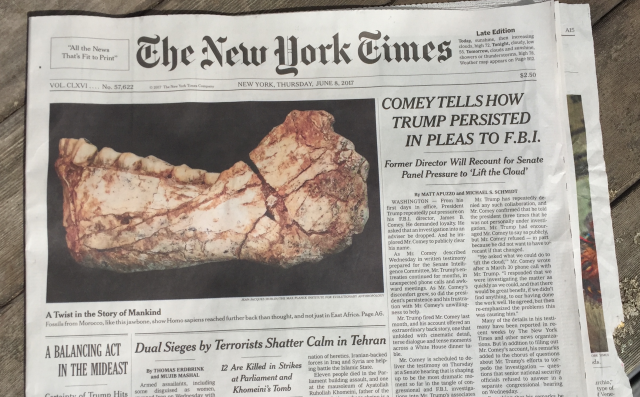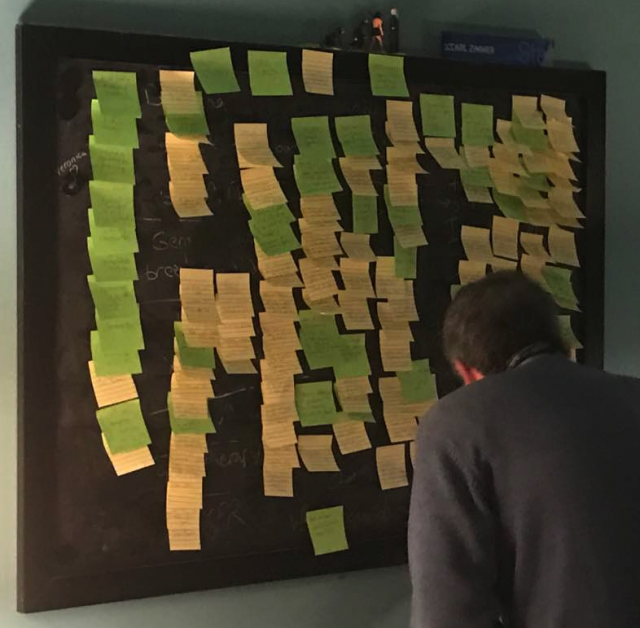A number of people just signed up this week for Friday’s Elk–I’m guessing after seeing a link to it in my Reddit Ask-Me-Anything session on Tuesday. Welcome!
Just so you know, I use this email to keep interested folks up to date with my writing and talks. And, taking a page from science writer Ed Yong (who puts out a superb email newsletter), I’m going to start sharing the science-related things I’m consuming–articles, podcasts, etc.–that I consider particularly link-worthy. Continue reading “Friday’s Elk, July 1, 2017”


